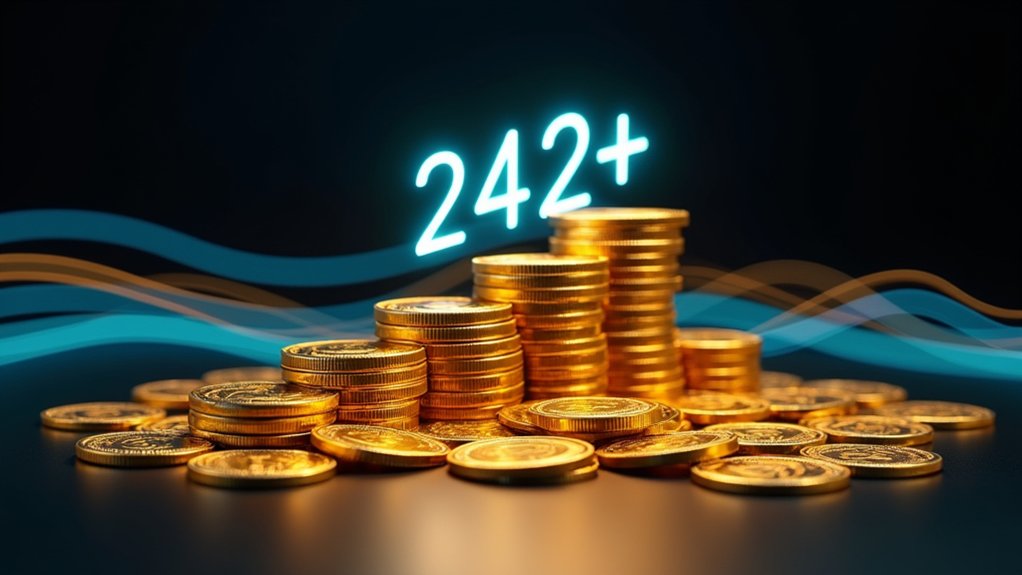While Robinhood trumpets its introduction of micro XRP futures as a democratizing breakthrough for retail crypto traders, the reality demands scrutiny: by slicing contract sizes and lowering capital thresholds, the platform ostensibly expands access, yet it simultaneously wagers on increased volatility and speculative frenzy under the guise of financial inclusion—raising the question of whether this innovation genuinely empowers investors or merely deepens their exposure to precarious derivative gambits masked as opportunity. The smaller contract size, pegged at 2,500 XRP tokens per micro future with a tick value of $1.25, undeniably lowers the entry barrier for retail participants, but this commodification of leverage risks amplifying impulsive trading behaviors, potentially inflating market liquidity metrics without corresponding stability or investor protection. Robinhood’s introduction of micro futures contracts for Bitcoin, Solana, and XRP on June 27, 2025, is a clear effort to enhance retail access to crypto derivatives in the U.S. These micro futures are cash-settled and trade nearly 24 hours a day, reflecting the continuous nature of global crypto markets. The immutable ledgers underlying these trading systems provide a tamper-proof digital footprint that could, in theory, enhance transactional transparency and accountability.
Robinhood’s nearly round-the-clock trading framework, mirroring the relentless pulse of global crypto markets, invites a surge of retail activity that might superficially boost XRP’s tradable volume, yet simultaneously magnifies systemic vulnerabilities, especially given the regulator’s persistent unease with crypto derivatives’ opaque risks. The platform’s ambition to rival established futures exchanges by promoting micro contracts resembles a high-stakes gambit where the allure of accessible speculation confronts the harsh realities of regulatory scrutiny—particularly in a landscape where compliance ambiguities and enforcement inconsistencies persist. This regulatory tightrope walk raises concerns about whether Robinhood’s push for broader market participation recklessly sidesteps necessary safeguards, exposing less experienced traders to the volatile swings endemic to crypto futures.
Ultimately, while the micro futures initiative projects an image of progressive financial inclusion, it courts the peril of exacerbating market fragility and investor exposure under the thin veneer of innovation, challenging the narrative that Robinhood’s strategy is anything more than a calculated expansion of speculative appetites dressed as accessibility.









